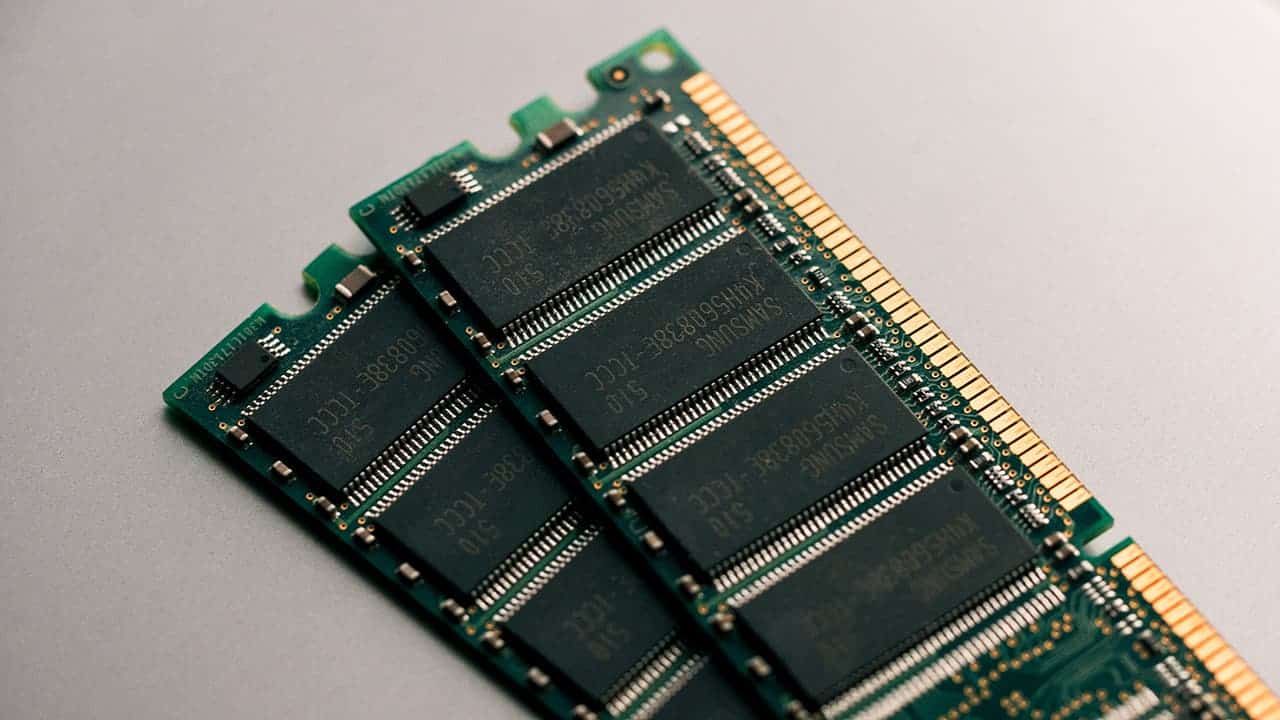Congratulations on your brand-new PC! It’s a powerful machine brimming with potential. But to unleash its capabilities, a visit to the BIOS might be necessary. The BIOS, or Basic Input/Output System, acts as the foundation for your computer’s startup process. It initializes critical hardware components and sets the stage for your operating system to take over.
The sheer number of settings within the BIOS can be intimidating, but fret not! This guide will equip you with the knowledge to make a few key tweaks that can enhance system performance and stability. We’ll dive into these essential adjustments, explaining their purpose and the situations where they might prove beneficial.
Protect Your BIOS With a Password

We lock down our user accounts with passwords. But the BIOS often gets left unguarded. This vulnerability allows anyone with physical access to your PC to tamper with critical system settings. This can compromise security even if your user account has a strong password.
The solution? Implementing a BIOS password adds an extra layer of protection. It acts as a gatekeeper, requiring a password before granting access to the BIOS settings. This way, even if your PC falls into the wrong hands, your system configuration and data remain shielded.
Setting up a BIOS password is a breeze. Restart your PC and keep an eye out for a prompt during bootup that tells you which key (or combination of keys) to press to enter BIOS Setup. Once inside, navigate to the security settings section. It might be labeled “Security,” “Advanced,” or something similar. Look for options named “Supervisor Password,” “Administrator Password,” or “User Password.” These are your gateways to BIOS password protection.
Create a strong and memorable password, save the changes, and exit the BIOS. Now, whenever you need to adjust a BIOS setting, you’ll be prompted to enter the password. This will ensure only authorized users can change your system’s core configuration.
Get Perfect Cooling by Adjusting Fan Settings on BIOS

Does your PC get a little too toasty for comfort, especially during intense gaming sessions or heavy workloads? Are the whirring fans loud during everyday tasks? The BIOS offers a solution for both scenarios – fan control settings.
By tweaking these settings, you can strike a balance between optimal cooling and noise reduction. If your motherboard manufacturer included fan control options (more common in desktops than laptops), you can access them within the BIOS setup utility. Look for sections named “Hardware Monitor,” “PC Health Status,” or “Fan Control.” Within this area, you’ll find fan control settings.
Here’s where the magic happens. You can choose from pre-configured fan profiles like “Silent” for quieter operation. You can also choose “Turbo” for the greatest cooling during demanding tasks. Some BIOS versions even allow you to create custom fan curves. They give you granular control over fan speed based on your PC’s temperature.
Remember, not all BIOS versions offer fan control. So, it’s worth checking your motherboard manual or manufacturer’s website to see if this feature is available. But if it is, you now have the tools to fine-tune your PC’s cooling performance and noise levels.
Speed Up Your Startup by Changing the Boot Order

Imagine your PC searching through a cluttered toolbox for the right tool before starting its work. That’s what happens when your BIOS encounters many storage devices and needs to determine where your operating system resides. Here’s where the boot order comes in.
The boot order dictates the sequence in which the BIOS scans for a bootable operating system during startup. If your primary OS is tucked away on a lower-priority drive while other storage devices are present, your PC might waste precious time searching for a non-existent OS elsewhere.
You streamline your boot process and shave off valuable seconds from your startup time. Wondering how? By adjusting the boot order within the BIOS settings. Here’s how:
- Access your BIOS setup utility.
- Locate the “Boot” section.
- Check if your primary operating system drive is listed at the top of the boot order. If not, use the provided options to rank it as the first boot option.
- Save the changes and exit the BIOS. Your PC will automatically restart.
By prioritizing your primary OS drive, you cut unnecessary searching and expedite the boot process. This tweak might not be a game-changer, but it’s a simple modification that can enhance your PC experience. Additionally, setting a bootable Windows recovery USB or other utility programs as a boot option can prove crucial when troubleshooting potential system issues.
Overclock Your RAM From the BIOS

For power users and performance enthusiasts, the BIOS offers a tantalizing option – RAM overclocking. By tweaking your RAM settings, you can squeeze out extra performance gains. This is beneficial for tasks that rely on memory, like video editing or intense gaming.
Overclocking RAM involves increasing its data transfer rate and refining timings to make your system more responsive. Think of it as optimizing the traffic flow on a memory highway. Higher speeds and smoother transitions translate to a snappier experience.
But before we dive into the nitty-gritty, a word of caution. Overclocking involves pushing hardware beyond its default settings. While generally safe when done correctly, improper configuration can lead to system instability. To mitigate these risks, we recommend starting with pre-configured profiles like XMP (for Intel) or DOCP/AMP (for AMD). These profiles offer a taste of overclocking benefits without venturing into risky manual adjustments.
Remember, even with pre-configured profiles, there’s no one-size-fits-all guarantee. Every hardware configuration reacts differently. So, it’s crucial to approach RAM overclocking with a cautious yet curious spirit. We’ll explore these advanced settings and potential performance gains in a future article, but for now, this section serves as a brief introduction to the exciting world of RAM overclocking within the BIOS.





